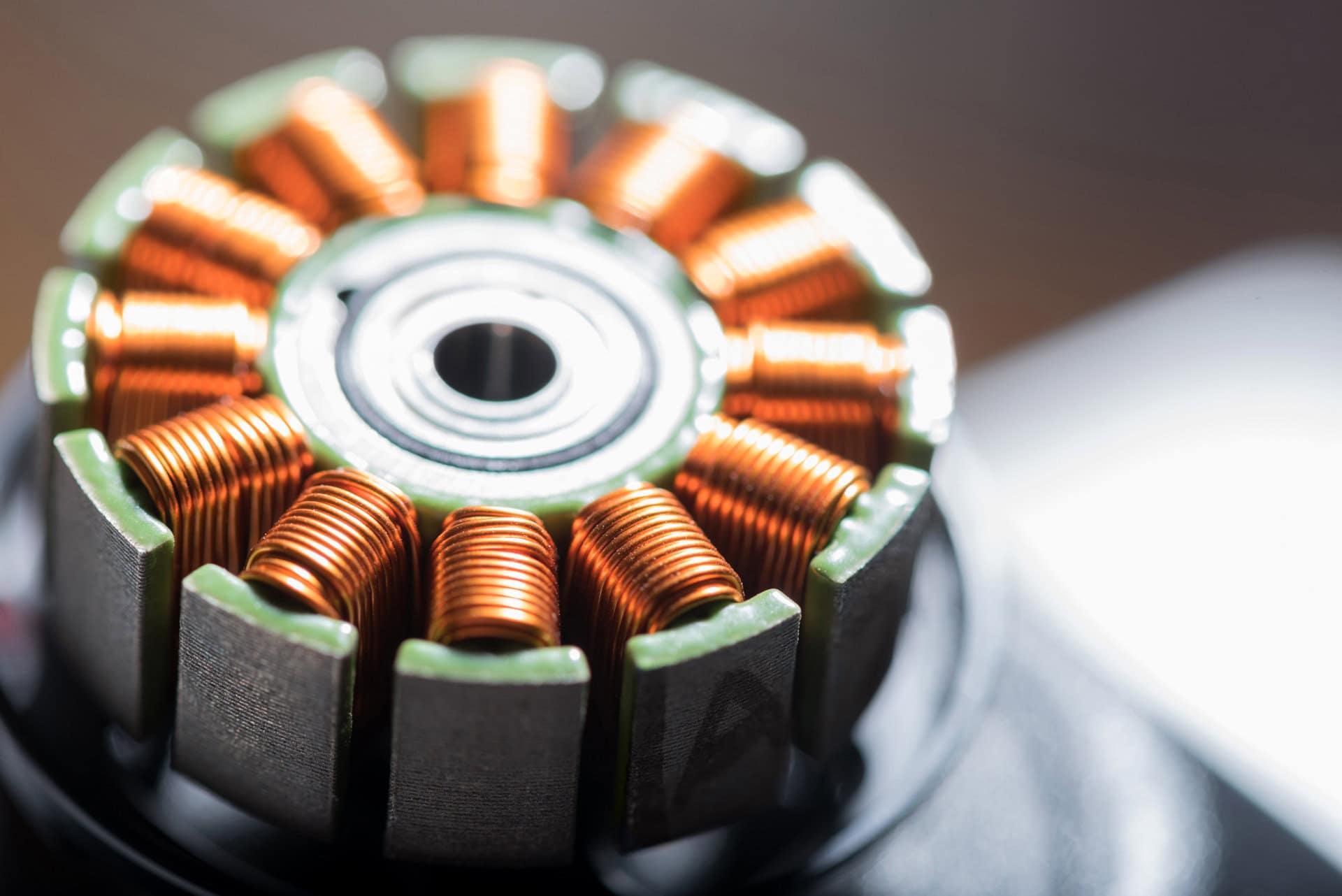
Making electric motors more efficient, affordable by 3D-printing magnets
A $2.6M project will fine tune an advanced manufacturing approach that opens doors to more power-dense and sustainable magnetic materials.

A $2.6M project will fine tune an advanced manufacturing approach that opens doors to more power-dense and sustainable magnetic materials.
Experts

Herbert C. Sadler Professor of Engineering in Naval Architecture and Marine Engineering and Mechanical Engineering
Improving electric motor efficiency, reducing costs and ultimately making them without heavy rare-earth elements are the goals of a new $2.6 million project led by the University of Michigan.
Today electric motors are responsible for more than half of the world’s electricity consumption, according to the International Energy Agency. They power electric vehicles, industrial machinery, heating and cooling systems, household appliances, wind turbines, healthcare equipment and more. Their use is projected to grow along with the market for EVs and other efforts to electrify sectors that have historically relied on fossil fuels.
“Often when we talk about improving EVs, we focus on the battery, but the electric motor is another critical component that warrants attention due to concerns about long-term supplies of raw materials and opportunities for enhancing efficiency,” said project leader Lei Zuo, the Herbert C. Sadler Collegiate Professor of Engineering in the departments of Naval Architecture and Marine Engineering and Mechanical Engineering.
The 3-year project is funded by the Department of Energy Vehicle Technologies Office. In addition to Zuo at U-M, it also involves Hang Z. Yu, associate professor of materials science and engineering at Virginia Tech; Jun Cui, professor of materials science and engineering at Iowa State University; Parans Paranthaman, corporate fellow at Oak Ridge National Laboratory; and Anand Kulkarni, senior principal expert at Siemens.
The researchers will advance an emerging technique called “laser powder bed fusion” or “selective laser melting,” which uses a laser beam to melt and fuse together material powders. With it, they will essentially 3D-print significantly improved versions of a motor’s soft magnetic core and permanent magnets, key magnetic components that together interact with electric current in a motor to produce torque and rotation.
In today’s most efficient motors, permanent magnets attached to the spinnable rotor generate the magnetic field, and a soft magnetic core of laminated silicon steels guides the magnetic flux.
The team aims to prototype high-performance nanocrystalline soft magnetic cores and functional gradient permanent magnets.
They will focus on the soft magnetic core in the first phase of the project. Conventional silicon steel cores are manufactured through a complex process that involves melting, then cold-rolling metal sheets, followed by stamping, coating and stacking the sheets to achieve the desired properties. Since the 1960s, researchers have known that nanocrystalline soft magnetic materials such as iron silicon, or Fe-Si, and iron boron silicon doped with copper niobium, or FeBSi(CuNb), have around 10 times higher performance than silicon steel, but manufacturing approaches attempted thus far have been too expensive.
Nanocrystalline soft magnetic materials are a class of typically iron-based alloys with fine-grained, or nanoscale, crystal structure with unique magnetic properties. They have high permeability, which enables strong magnetization with relatively low magnetic fields; low coercivity, which enables rapid response to magnetic field shifts; and low eddy current losses, which translates to less energy lost in the form of heat.
By taking advantage of the rapid solidification offered by laser additive manufacturing and nanoparticle-guided nucleation, the researchers aim to 3D-print nanocrystalline soft magnetic cores layer-by-layer in the desired shapes without requiring casting, laminating, and tooling for the actual components.
In the second half of the project, the researchers will incorporate in-situ magnetization, which simply refers to magnetizing a material in place, near the melt pool to promote texturing in the printed permanent magnets, and further, fabricate gradient permanent magnets that operate without heavy rare-earth metals.
Rare-earth metals are difficult and wasteful to mine due to their low concentrations in the planet’s crust. Among them is dysprosium, a heavy silvery white metal, which is used in the permanent magnets in various types of motors. It is also among the more difficult of the rare-earths to obtain. The research team envisions manufacturing permanent magnets that don’t need dysprosium. While their approach would eliminate heavy rare-earth metals it would still require limited light rare-earth metals.
Over the course of the project, the team intends to:
Nicole Casal Moore
Communications & Public Engagement Director